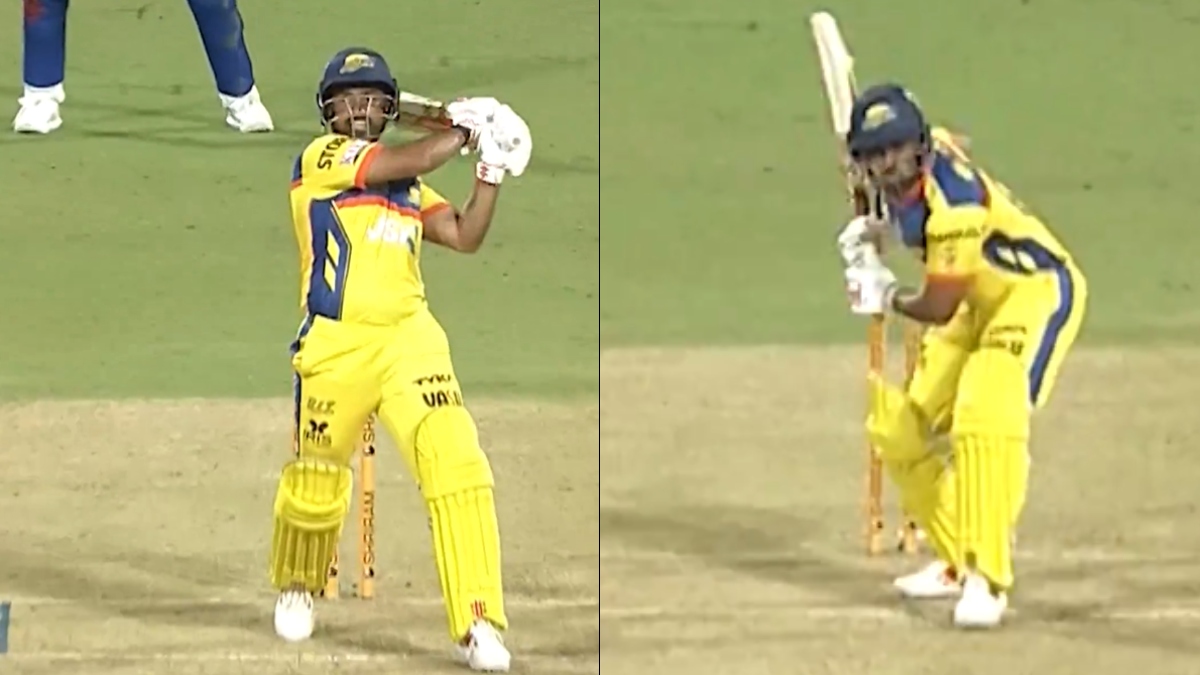NEW DELHI: Former India head coach Ravi Shastri advocates for a two-tiered Test cricket system. He believes this is crucial for the format’s survival, especially considering the growing popularity of T20 cricket. His comments follow the record-breaking attendance at the recent India-Australia Test match in Melbourne.
The match attracted a staggering 373,691 spectators, surpassing the previous record of 350,534 set during the 1936-37 Ashes series.
“To break crowd records that have stood for nearly a century… is testimony to the fact that when the best teams play, the toughest and best format of the game is still alive and thriving,” Shastri said in a column for The Australian newspaper.
He noted the impressive attendance figures demonstrate the format’s relevance in the modern cricketing landscape.
“It was also a sound reminder to the ICC that the best should play the best for Test cricket to survive. I will say that there’s too much of a clutter otherwise,” he said.
Shastri argues that the International Cricket Council (ICC) should prioritize scheduling matches between the highest-ranked teams. This strategy, he believes, is essential for Test cricket’s continued existence. He feels that an excessive number of matches between mismatched teams dilutes the quality and appeal of the format.
The 62-year-old proposes a two-tier system comprising the top 6-8 teams with promotion and relegation mechanisms. This structure, he contends, would ensure a consistently high level of competition.
“You will not get these kinds of crowds if you don’t have two proper teams playing,” he added.
Shastri also champions the preservation of the traditional five-day Test match format. This format has faced recent scrutiny, with some suggesting a reduction to four days.
“The theatre in the end on [day five] Monday was further proof of why we need five days for a classic Test match,” he pointed out.
He points to the dramatic conclusion of the Melbourne Test as evidence of the value of the five-day format. He argues that it allows for compelling narratives to unfold and provides ample opportunity for exciting finishes.
However, Shastri cautions that without a two-tier system, Test cricket risks a proliferation of mismatched contests. This, he warns, could diminish the quality of the game and alienate fans.
“If you don’t create a two-tier system, you’ll continue to have unmatched teams up against each other and then it’s very unlikely they’ll be able to take a game into the fifth day. Then there’ll always be talk of four-day Tests.”
He suggests that if matches regularly fail to reach the fifth day due to one-sided contests, the argument for shortening the format will gain traction. He believes that this would be detrimental to the long-term health of Test cricket.




